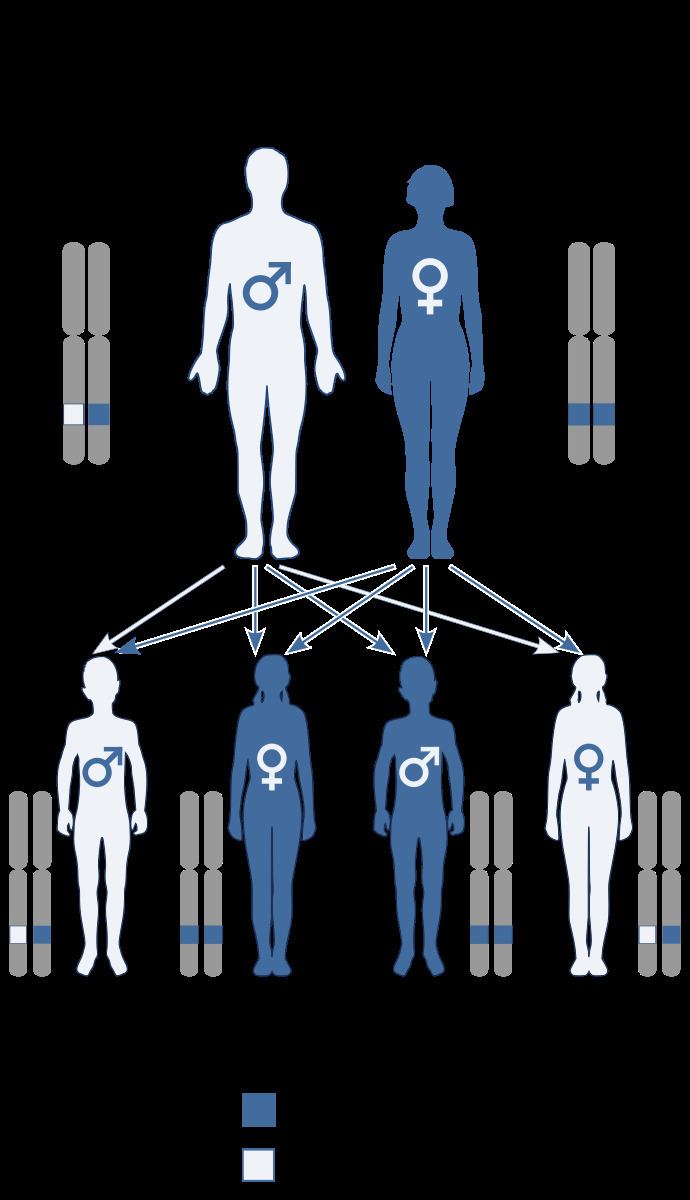Specialty medical genetics OMIM 146000 GeneReviews Hypochondroplasia | ICD-10 Q77.4 DiseasesDB 32832 | |
 | ||
Hypochondroplasia (HCH) is a developmental disorder caused by an autosomal dominant genetic defect in the fibroblast growth factor receptor 3 gene (FGFR3) that results in a disproportionately short stature, micromelia, and a head that appears large in comparison with the underdeveloped portions of the body, it is classified as short-limbed dwarfism.
Contents
Signs and symptoms
Individuals affected by this disorder appear normal at birth. As the infant grows, however, their arms and legs do not develop properly and their body becomes thicker and shorter than normal The following are characteristics consistent with this condition:
Cause
In terms of cause this disorder is transmitted as an autosomal dominant trait affecting the FGFR3 gene on chromosome 4p16.3, there is currently no cure for this condition.
Pathophysiology
This disorder results from mutations in the proximal tyrosine kinase domain of the FGFR3 gene.
This gene plays an important role in embryonic development, which is the process via which an embryo forms and develops, playing a part in regulating activities such as cell division, migration, and differentiation. Hypochondroplasia can result from p. Lys650Asn as well. In FGFR3 we find some 20 different mutations associated to hypochondroplasia, and seems to have a role in skeletal dysplasia
Diagnosis
The diagnosis of this condition can be done via x-rays (with lack of normal distance L1 to L5), and additionally genetic testing is available to ascertain hypochondroplasia However, the physical characteristics(physical finding) is one of the most important in determining the condition.
Treatment
In regards to treatment of hypochondroplasia usually takes the form of orthopedic surgery and physical therapy. Genetic counseling is advised for individuals and their families. Specifically in the case of spinal stenosis, on option is laminectomy
Prognosis
Life expectancy for individuals with hypochondroplasia is normal, the maximum height is about 147 cm or 4.8 ft.
